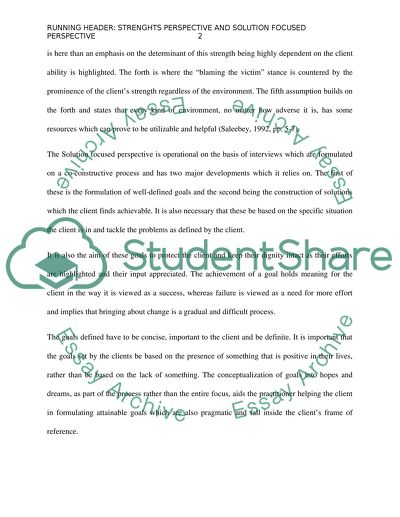Cite this document
(“Strengths Perspective and Solution Focused Perspective Research Paper”, n.d.)
Strengths Perspective and Solution Focused Perspective Research Paper. Retrieved from https://studentshare.org/psychology/1445401-strengths-perspective-and-solutions-focused
Strengths Perspective and Solution Focused Perspective Research Paper. Retrieved from https://studentshare.org/psychology/1445401-strengths-perspective-and-solutions-focused
(Strengths Perspective and Solution Focused Perspective Research Paper)
Strengths Perspective and Solution Focused Perspective Research Paper. https://studentshare.org/psychology/1445401-strengths-perspective-and-solutions-focused.
Strengths Perspective and Solution Focused Perspective Research Paper. https://studentshare.org/psychology/1445401-strengths-perspective-and-solutions-focused.
“Strengths Perspective and Solution Focused Perspective Research Paper”, n.d. https://studentshare.org/psychology/1445401-strengths-perspective-and-solutions-focused.


